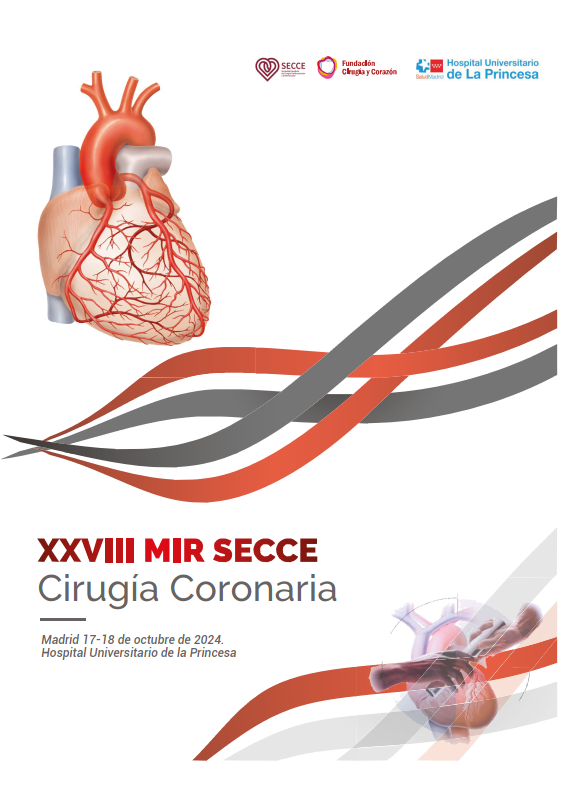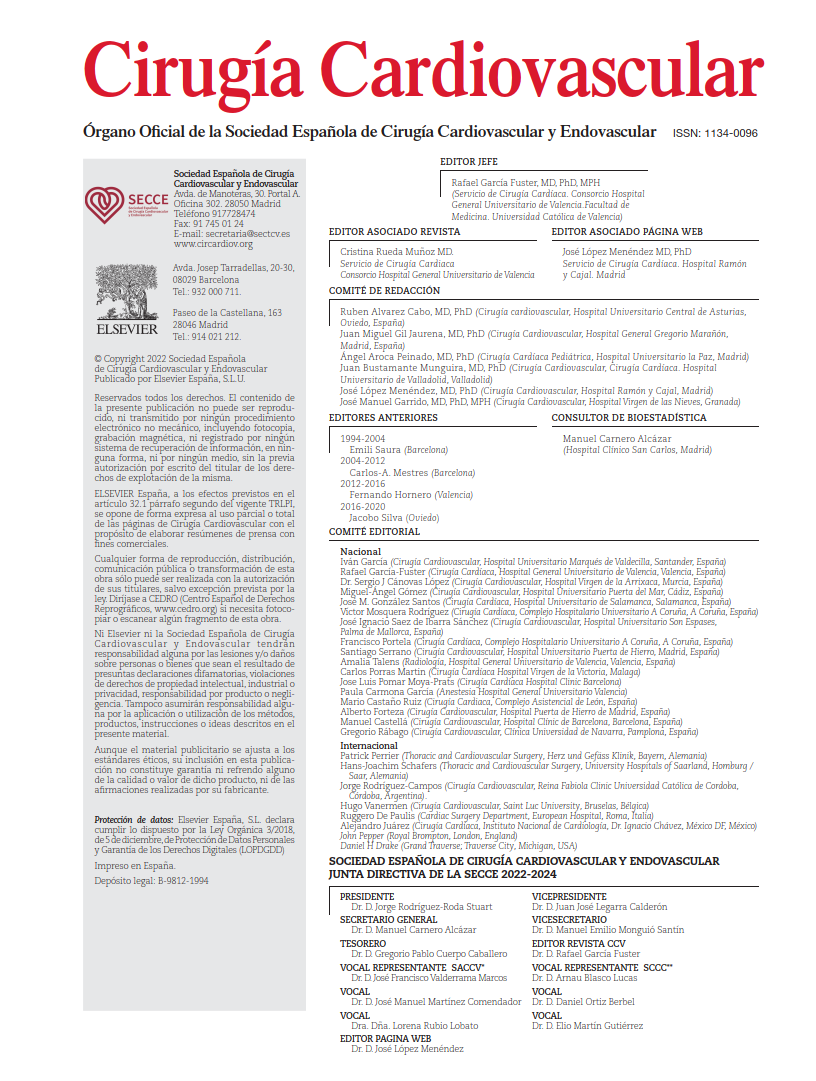Reentering the mediastinum in patients with ascending aortic aneurysms firmly adherent to the sternum is a high-risk situation due to the potential for aortic rupture during resternotomy. Traditionally, these cases require cardiopulmonary bypass (CPB) initiated via peripheral cannulation, deep hypothermia, and systemic circulatory arrest—each associated with inherent risks such as coagulopathy, excessive bleeding, and prolonged operative times. The article presents an innovative surgical strategy intended to mitigate these risks while maintaining a median approach.
The authors propose a technique that combines a two-stage resternotomy with extra-anatomic anastomoses of the epiaortic vessels and subsequent repair of the aortic arch and/or descending aorta using a hybrid graft or thoracic endovascular aortic repair (TEVAR). This strategy is aimed at achieving safer and more effective operative control.
The technique was successfully implemented in a series of 10 patients with prior ascending aortic surgery, all of whom experienced uneventful postoperative courses and acceptable hospital stays. In their discussion, the authors underscore the essential role of meticulous preoperative planning using computed tomography (CT), as well as careful customization of the extra-anatomic grafts to prevent kinking or redundancy.
They conclude that this surgical approach offers a viable alternative in complex aortic reoperations, with the potential to significantly reduce technical difficulty, CPB time, and improve clinical outcomes.
COMMENTARY:
This study outlines an innovative two-stage surgical strategy to enhance the safety of mediastinal reentry in aortic reoperations, particularly in patients with the ascending aorta firmly adherent to the posterior surface of the sternum. The approach begins with a partial sternotomy that avoids the highest-risk zone, allowing dissection to be performed under stable hemodynamic conditions and prior to systemic heparinization. Subsequently, with the patient on CPB, the sternotomy is completed, and the arch and/or descending aorta is repaired using a hybrid graft or TEVAR. The technique is grounded in detailed preoperative CT imaging and incorporates extra-anatomic aortic debranching to maintain continuous cerebral perfusion and achieve favorable postoperative results.
Mediastinal reentry in patients with prior aortic surgery remains a high-risk scenario that is still underrepresented in the surgical literature. In this context, precise preoperative imaging and technical execution are essential for optimal outcomes. The two-stage technique proposed by Kuci et al. represents a valuable addition to the armamentarium of the cardiovascular surgeon.
The ability to perform a controlled, limited sternal reopening prior to systemic heparinization—restricted to the sternal body with a transverse T-shaped cut at the upper border—constitutes a noteworthy advance in terms of safety. This step may reduce the risk of immediate aortic rupture and allow a more controlled surgical field and safer reentry in hemodynamically stable conditions, without the interference of significant or uncontrolled bleeding.
The second phase of the sternotomy is then performed under CPB in a more controlled setting, facilitating the reconstruction of the aortic arch and ascending aorta using endovascular or hybrid prostheses, potentially reducing total CPB time—a known independent risk factor for mortality.
From a technical perspective, the use of a custom-made trifurcated Dacron graft (14 × 14 × 7 × 7 mm), individually pre-shaped according to CT images, is particularly noteworthy. This allows precise anatomical reconfiguration of the aortic vessels, adapting to various patient anatomies and intraoperative demands without increasing CPB duration. Additionally, it enables uninterrupted cerebral perfusion without traumatic manipulation of the arch or the need to complete the sternotomy beforehand.
Nevertheless, this procedure is not without limitations or risks. First, the possibility of rupture during the initial phase is never negligible, and in the event of bleeding during an incomplete sternotomy, hemostasis may be even more difficult to achieve. Second, multiple sternal incisions, although technically justified, may compromise sternal stability and bone healing, as well as respiratory mechanics—especially in patients with chronic obstructive pulmonary disease (COPD). Lastly, the technique has so far been applied to a limited patient cohort, highlighting the need for further studies to enhance evidence level and external validity.
In light of these considerations, the proposed strategy stands out as a creative and strategic solution that may be reproducible in experienced surgical centers and could broaden therapeutic options for high-risk reoperative aortic cases.
REFERENCE
Kuci S, Likaj E, Ibrahimi A, Goga M, Teliti R, Zeitani J. Reentry to the Mediastinum When the Ascending Aorta Is Adherent to the Sternum: A Two-Stage Sternotomy Approach. Braz J Cardiovasc Surg. 2025 Feb 24;40(3):e20230310. doi: 10.21470/1678-9741-2023-0310.



